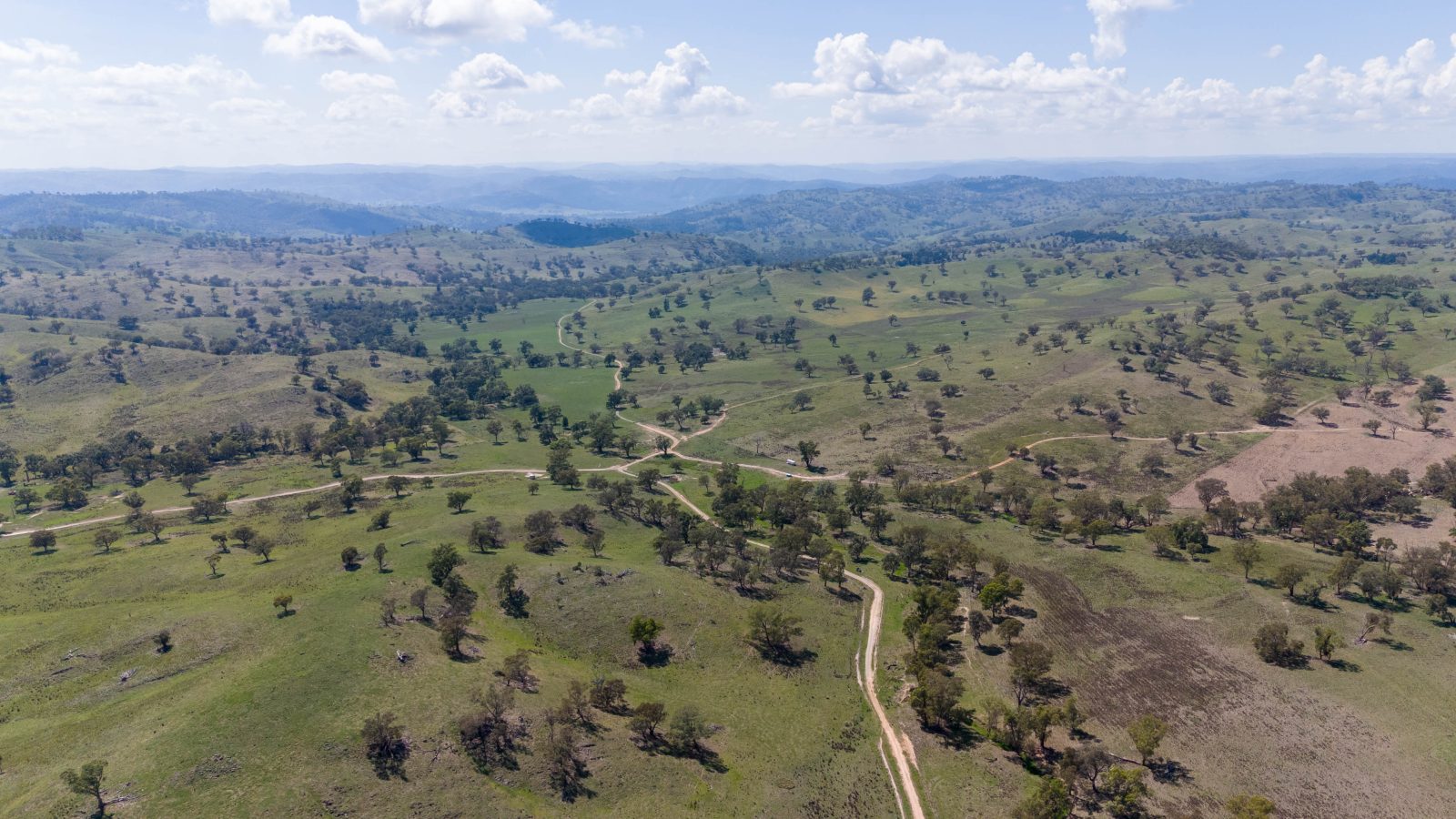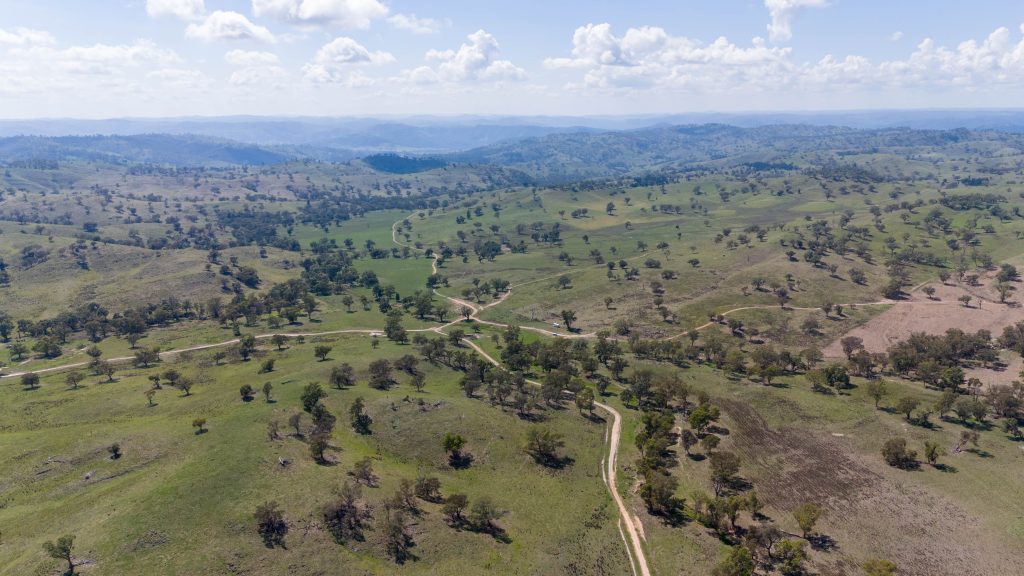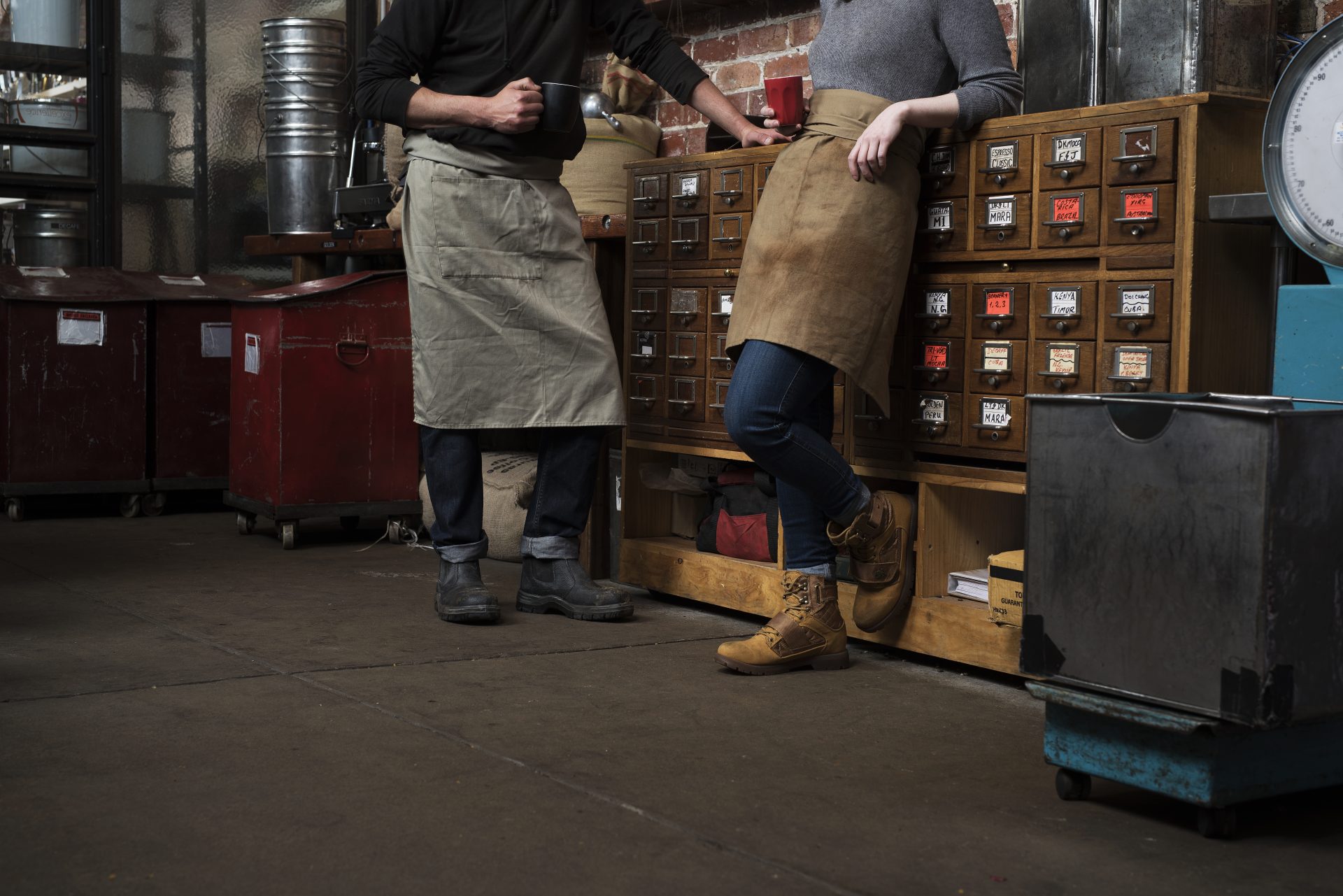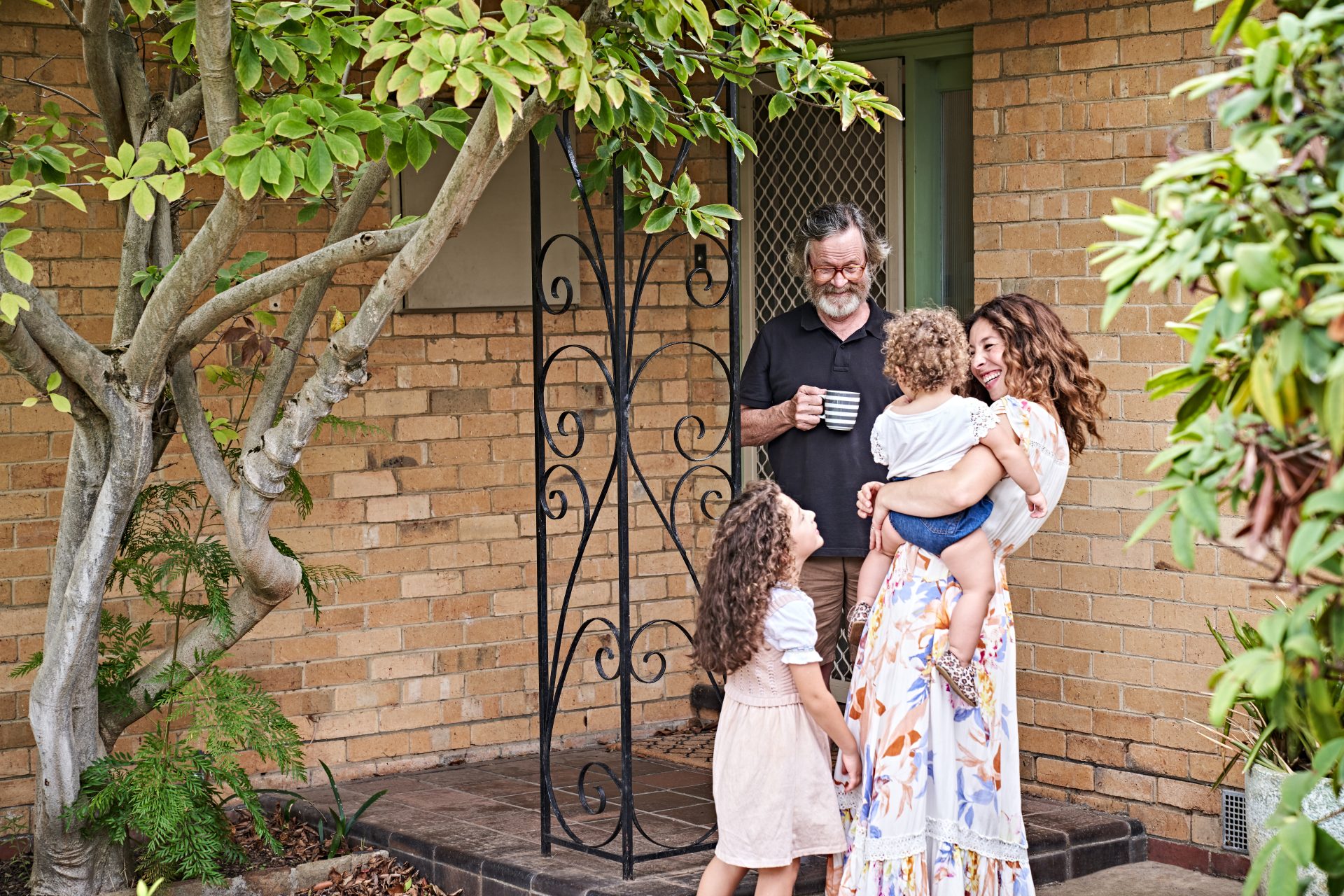National measures of growth are masking demographic differences and varying degrees of exposure to more prosperous industries such as resources and agriculture, according to NAB CEO Andrew Irvine.
Ahead of a sluggish, 0.2% growth rate for the June quarter reported on Wednesday, Mr Irvine updated his assessment to the House economics committee last week that national data such as GDP growth didn’t tell the full story of an economically diverse country.
“Western Australia, Queensland and the Northern Territory are resource-driven economies – they’re growing significantly in excess of the national average and doing quite well,” he said.
“Spending time in Darwin and Alice Springs recently, I saw first-hand it’s an economy that is doing well and the future is bright there.
“Southeast Australia, particularly Victoria, is doing it tougher. Those economies are much more correlated to domestic demand and discretionary spending. People are getting by, and they’re budgeting hard.
“The key question on many minds is how long interest rates will remain at their current restrictive level to bring inflationary pressures into the Reserve Bank’s target range.”
The latest GDP result from the Bureau of Statistics followed a 0.1% expansion for the March quarter.
On an annual basis, the economy grew by 1%, its slowest pace since the early 1990s apart from the COVID-19 pandemic.
NAB, according to Mr Irvine, remained optimistic about the longer-term outlook for Australia, although the reality today was “more challenging”.
While growth was weaker than it had been for many years, it was still positive, and the job market was softening but continued to show resilience.
Business conditions were only slightly below the long-term average, with NAB expecting the economy to grow more quickly in the second half of the calendar year.
Among the bank’s business and SME customers, a number of sectors such as resources and mining and agriculture were doing well.
However, Mr Irvine said it was different in offices or central business districts in southeast Australia because consumers were cutting back on discretionary spending where they could.
The NAB chief told the economics committee last Friday that Australia’s economic pulse diverged based on demographics, as well, with three recognizable groups.
The first – equal to about one-third of households – was doing relatively well.
They owned their own homes or had paid them off, tended to have excess savings, and if they had a home loan, they generally had an offset account.
They also had a real rate of return on their deposits and were spending their money.
The second group of customers owned a home but was still paying it off.
If they had bought their homes in the last five years, there were probably doing it tough as interest rates spiked.
That said, strong levels of employment levels were helping because income was still coming in the door.
“They’re focused on paying the mortgage and paying off the car loan and ensuring their kids are healthy and growing, but they’re doing it tough and they have to economise and budget hard,” Mr Irvine said.
“The third group, which we don’t actually talk much about, is our renters. The renters I speak to are doing it toughest – they’ve had rents increase by 50-60% in the last couple of years, and while incomes have risen, they haven’t kept up with that sort of increase.”
On affordable housing, Mr Irvine said it was Australia’s single biggest societal and policy challenge.
Scalability, he said, was crucial for success, with NAB making good progress on its plan to deliver $6 billion of support to more affordable and specialist housing by 2029.
“We are partnering with community housing providers, developers, government and investors to increase the supply and quality of social and affordable housing,” he said.
“While some progress is being made, we need to work together with more urgency, and be far more innovative in both the type of housing and methods of construction if we are to tackle this crisis.”
Through its partnerships and banking relationships with the Salvation Army and Good Shepherd, Mr Irvine said NAB had learnt that a quarter of the people that the charities were now helping had not previously reached out for assistance.
They were termed the working poor – people who had jobs and lived in apartments or dwellings but were struggling to make ends meet.







